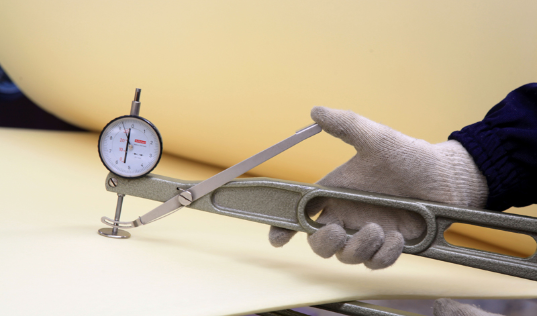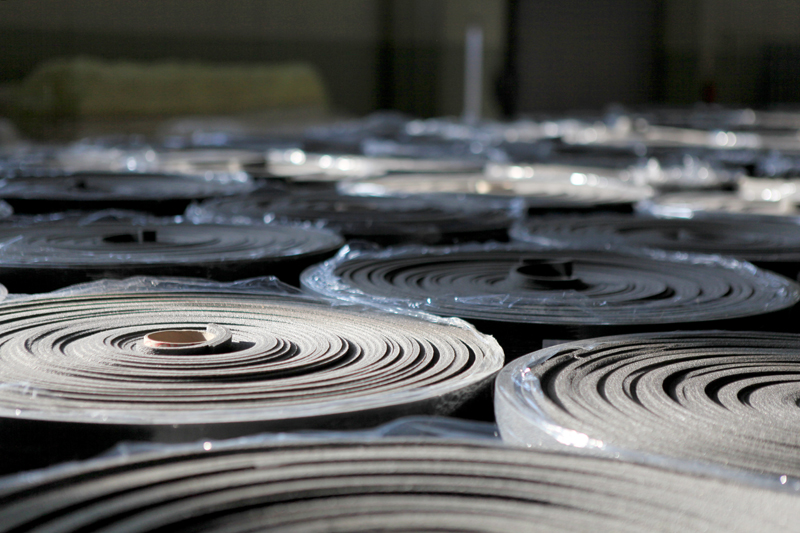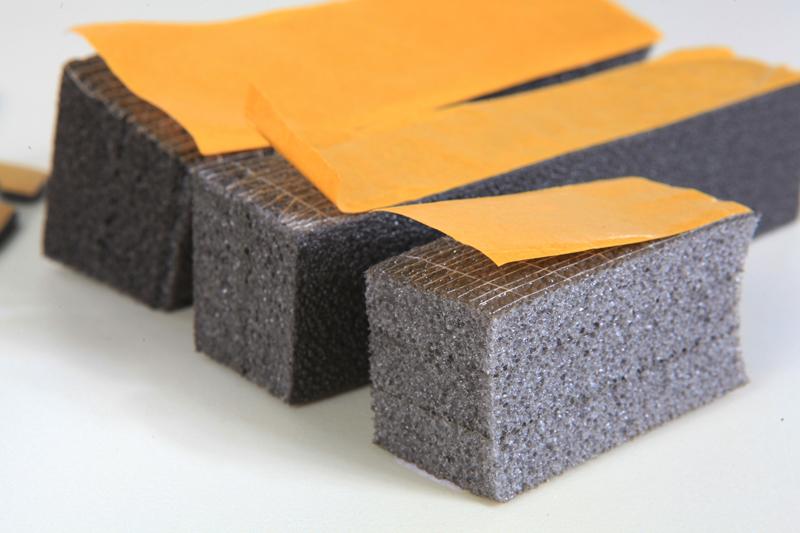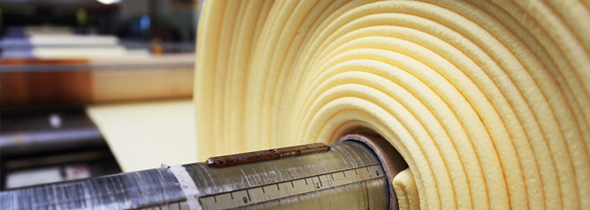When it comes to exploring the world of materials that offer both durability and versatility, cross-linked polyethylene foam stands out as a true champion. This innovative foam material has captured the attention of various industries due to its exceptional properties and wide range of applications. Let’s dive into the fascinating realm of cross-linked polyethylene foam and uncover why it is considered a top contender in the realm of durable materials.
Imagine a material that combines the strength of traditional foam with enhanced durability and resilience. Cross-linked polyethylene foam does just that. Its unique physical and chemical properties set it apart from conventional foam materials, making it a preferred choice for insulation, packaging, and more. The cross-linked structure of this foam enhances its ability to withstand impact, compression, and harsh environmental conditions, making it a reliable option for various demanding applications.
Industries such as automotive, construction, and sports equipment have embraced the durability of cross-linked polyethylene foam with open arms. In the automotive sector, this foam is used for gasketing, sealing, and vibration dampening due to its excellent resistance to oils, fuels, and chemicals. In construction, it serves as a reliable thermal insulator and moisture barrier, ensuring long-lasting performance. Sports equipment manufacturers rely on this foam for protective padding and shock absorption, highlighting its versatility across different sectors.

When compared to traditional foam materials, cross-linked polyethylene foam offers a plethora of advantages that elevate its performance and longevity. Its superior durability ensures that it can withstand repeated use and harsh conditions without losing its shape or protective qualities. The longevity of this foam translates to cost savings for industries, as they can rely on its resilience for extended periods. Additionally, the performance benefits of cross-linked polyethylene foam make it a preferred choice for applications where reliability and durability are paramount.
Properties of Cross-Linked Polyethylene Foam
When it comes to the properties of cross-linked polyethylene foam, there is a myriad of characteristics that set it apart from other materials. One of the key features of this foam is its exceptional durability and resilience, making it a popular choice for various applications. The cross-linking process enhances the foam’s molecular structure, resulting in a material that can withstand wear and tear, impact, and harsh environmental conditions.
Moreover, cross-linked polyethylene foam is known for its closed-cell structure, which provides excellent insulation properties. This structure prevents the passage of air, water, and moisture, making it ideal for applications where moisture resistance is crucial. Additionally, the foam is lightweight yet strong, offering a perfect balance between strength and weight for different uses.

Another important property of cross-linked polyethylene foam is its chemical resistance. The foam is resistant to chemicals, oils, and solvents, ensuring that it remains intact even in challenging environments. This chemical stability makes it a reliable choice for applications where exposure to various substances is expected.
Furthermore, the foam is highly versatile, allowing it to be easily customized to meet specific requirements. Whether it’s in the form of sheets, rolls, or custom shapes, cross-linked polyethylene foam can be tailored to fit different applications seamlessly. This flexibility makes it a go-to material for industries that demand precise and tailored solutions.
In summary, the properties of cross-linked polyethylene foam make it a standout material in terms of durability, insulation, chemical resistance, and versatility. Its unique combination of features positions it as a top choice for a wide range of applications across industries.
Industrial Applications of Cross-Linked Polyethylene Foam
Industrial applications of cross-linked polyethylene foam span across various sectors, showcasing its remarkable durability and versatility. In the automotive industry, this foam is widely used for gaskets, seals, and insulation due to its ability to withstand extreme temperatures and resist chemicals. Its closed-cell structure provides excellent protection against moisture ingress, making it ideal for sealing applications in vehicles.
Moreover, in the construction industry, cross-linked polyethylene foam is valued for its impact resistance and thermal insulation properties. It is commonly employed as underlayment for flooring, providing cushioning and soundproofing benefits. Additionally, its lightweight nature makes it easy to handle and install in construction projects, enhancing efficiency and reducing labor costs.
In the realm of sports equipment, this foam material is utilized in padding and protective gear for its shock-absorbing capabilities. From helmets to knee pads, cross-linked polyethylene foam offers superior impact resistance, ensuring the safety and comfort of athletes during intense physical activities. Its ability to retain its shape and cushioning properties over time makes it a preferred choice in the sports industry.

When compared to traditional foam materials, cross-linked polyethylene foam stands out for its longevity and performance in industrial applications. Its durability and resilience make it a cost-effective solution for long-term use, reducing the need for frequent replacements. Whether it’s in automotive manufacturing, construction projects, or sports equipment production, the superior characteristics of cross-linked polyethylene foam elevate its value as a reliable material across diverse industries.
Advantages Over Traditional Foam Materials
When it comes to comparing cross-linked polyethylene foam with traditional foam materials, the advantages are clear and significant. Let’s delve into the reasons why cross-linked polyethylene foam stands out as a superior choice:
1. Durability: One of the primary advantages of cross-linked polyethylene foam over traditional foam materials is its exceptional durability. The cross-linking process enhances the foam’s strength and resilience, making it more resistant to wear and tear over time.
2. Longevity: Unlike traditional foam materials that may deteriorate or lose their shape relatively quickly, cross-linked polyethylene foam offers long-lasting performance. Its ability to maintain its properties for an extended period makes it a cost-effective solution in the long run.
3. Performance: Cross-linked polyethylene foam excels in performance compared to traditional foam materials. Its closed-cell structure provides excellent insulation, shock absorption, and cushioning properties, making it ideal for various applications where performance is crucial.
4. Versatility: Another advantage of cross-linked polyethylene foam is its versatility. It can be easily customized to meet specific requirements, such as different thicknesses, densities, and colors, making it suitable for a wide range of applications across industries.
5. Resistance: Cross-linked polyethylene foam exhibits superior resistance to chemicals, water, and UV radiation compared to traditional foam materials. This resistance ensures that the foam maintains its integrity and performance even in challenging environmental conditions.
In conclusion, the advantages of cross-linked polyethylene foam over traditional foam materials are compelling and make it a preferred choice for various industries. Its durability, longevity, performance, versatility, and resistance set it apart as a reliable and efficient material for insulation, packaging, and other applications.
Finally, do not forget to review the physically cross linked polyethylene foam, chemically cross linked polyethylene foam, polyethylene foam pages of Durfoam.









